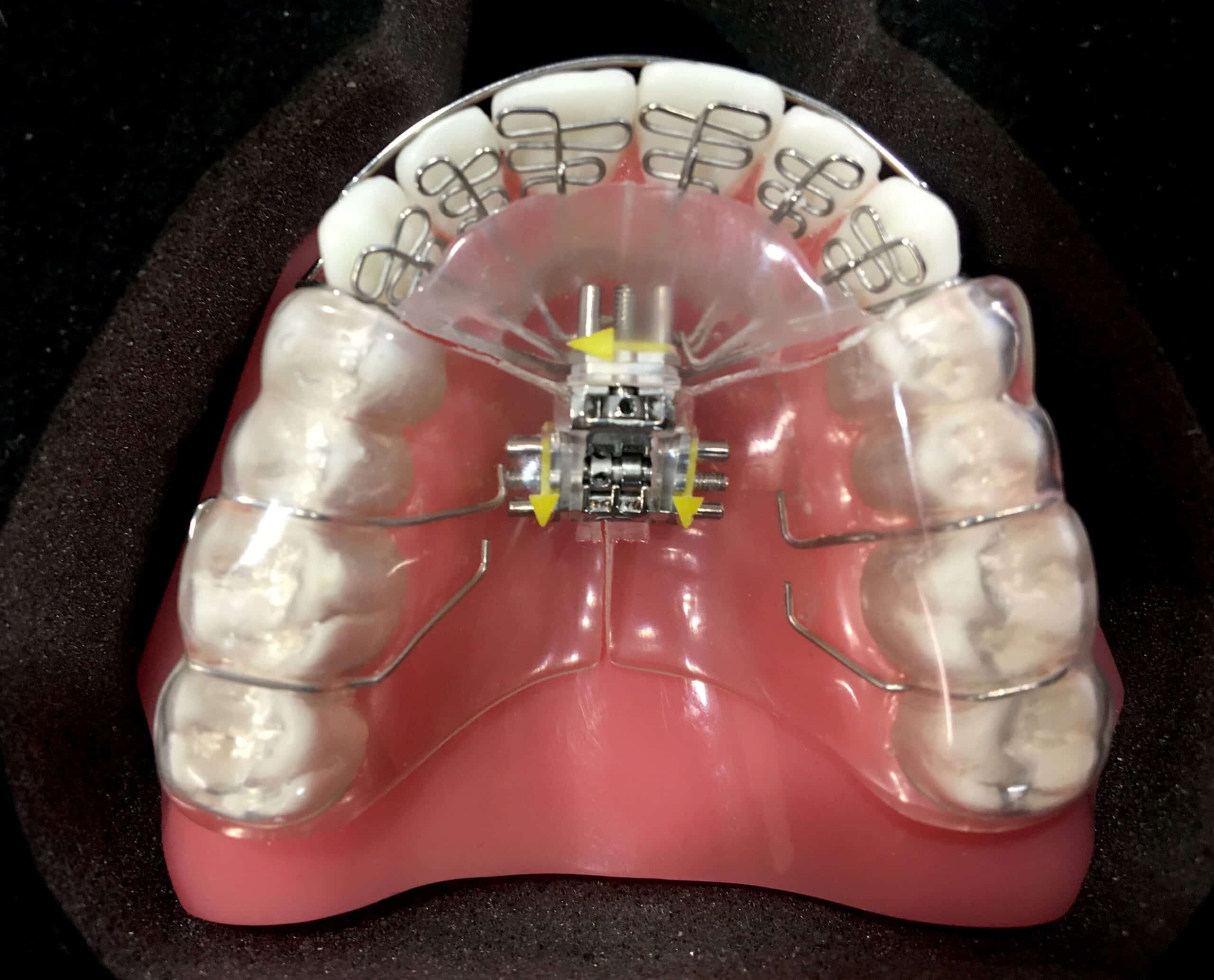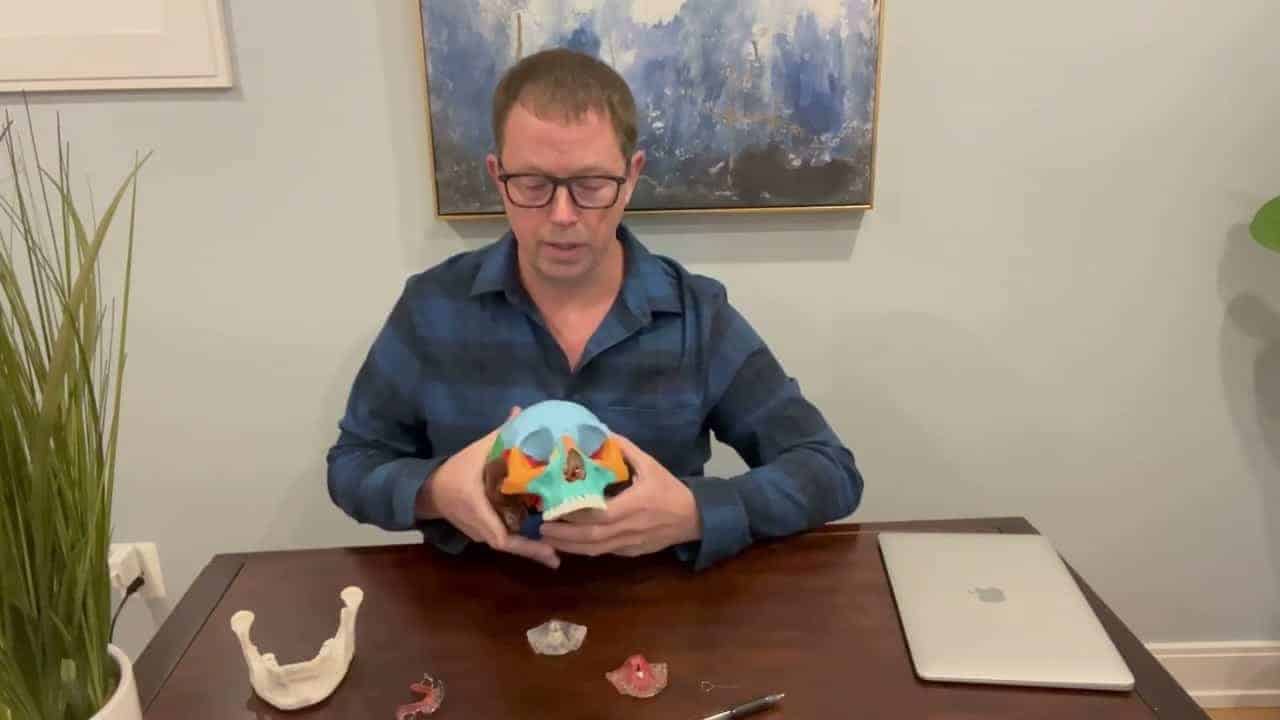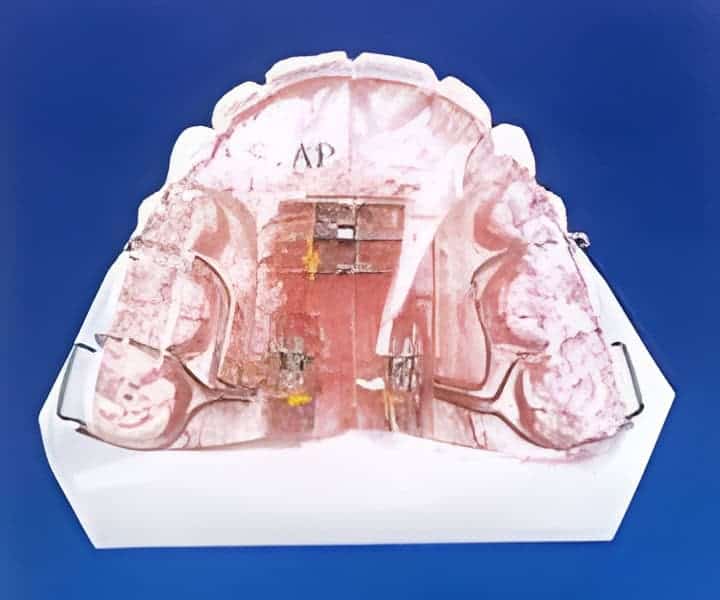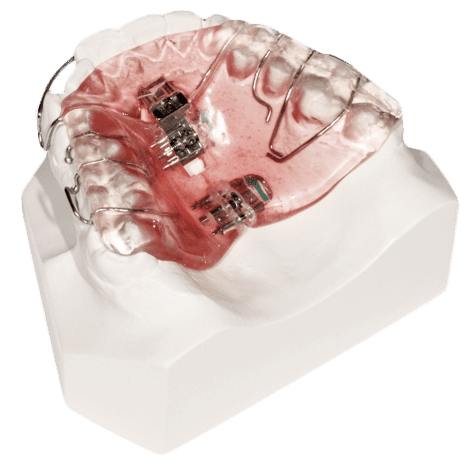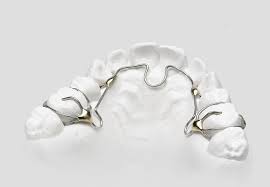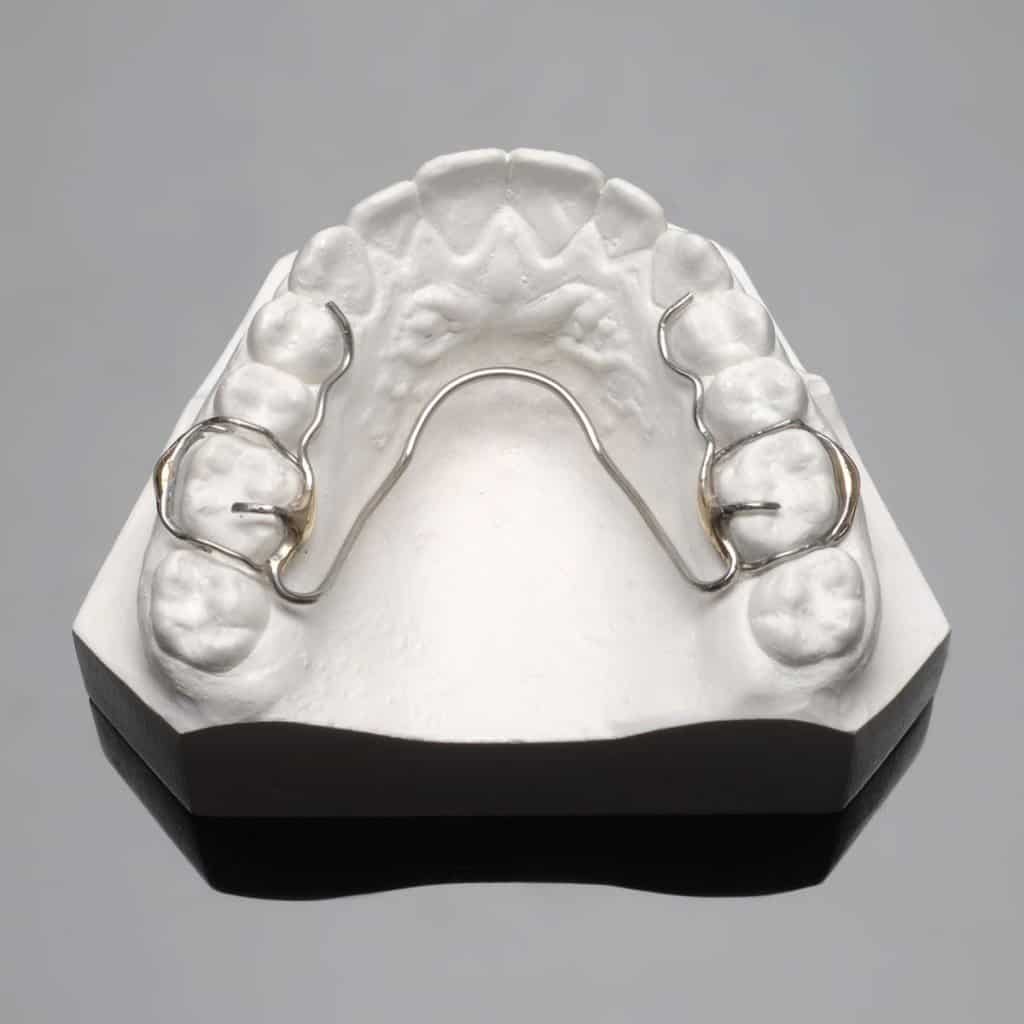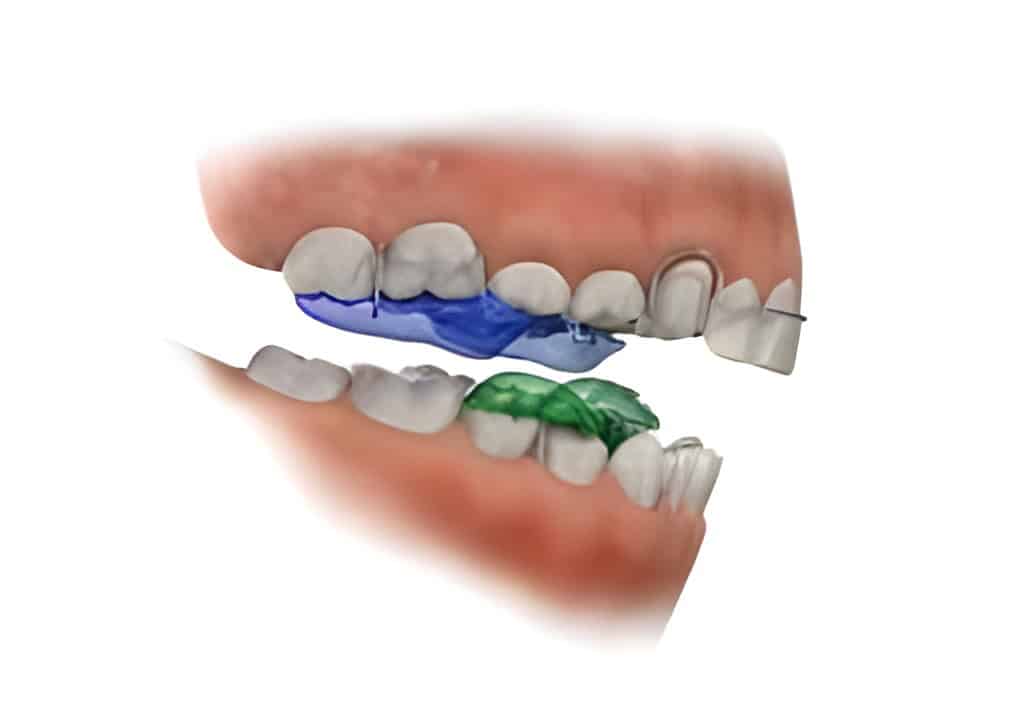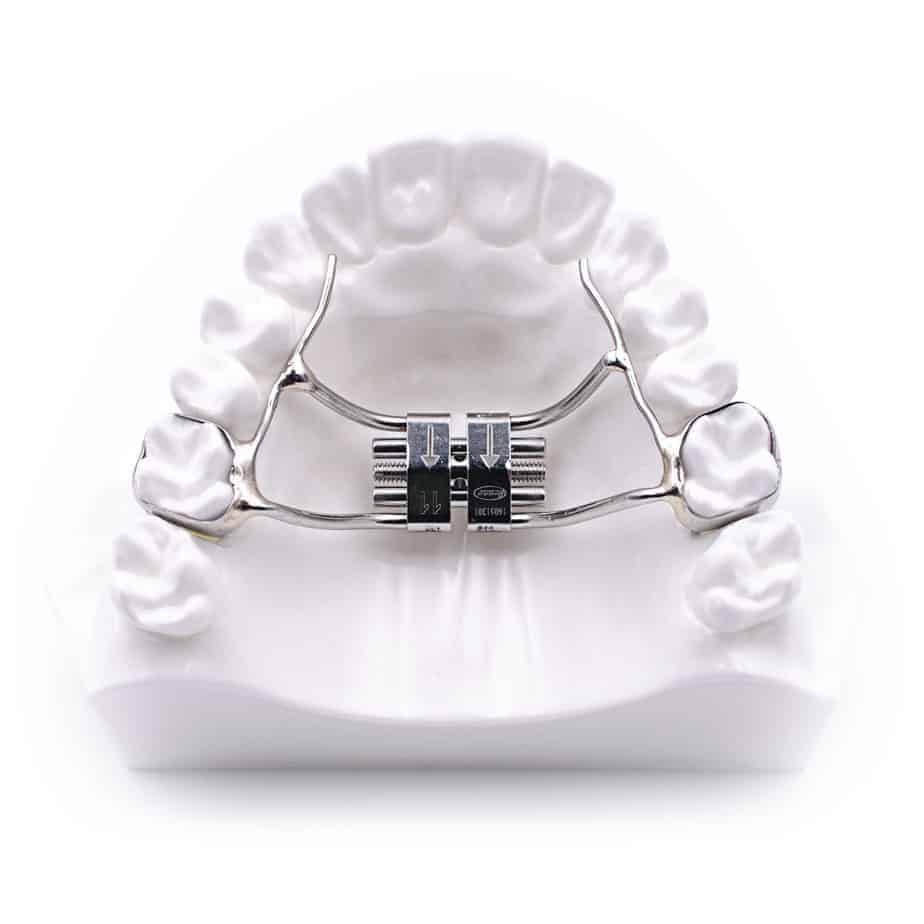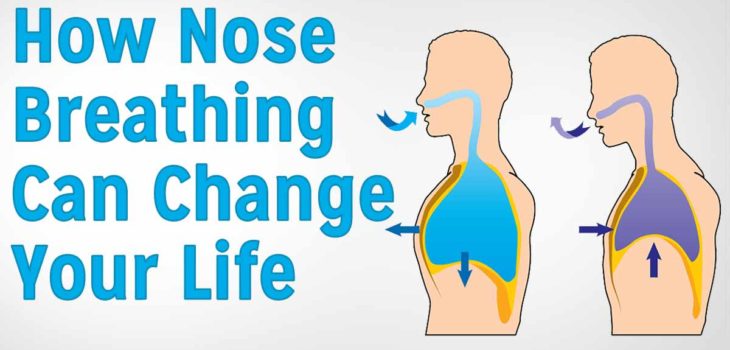Mouth Breathing vs Nose Breathing
Nasal breathing promotes healthy growth and development starting at a very young age. Nose breathing uses muscle groups in the abdomen, ribs, shoulders, neck and face. Healthy coordinated muscle patterns during breathing support good upright comfortable posture.
Mouth breathing uses a different muscle pattern than nasal breathing. Mouth breathing causes people to slouch and have forward head posture. People who mouth breath end up with small jaws, crooked teeth, poor airways, bad posture, sleep problems and bruxism. This is because muscle patterns used during mouth breathing causes the bones in the face, chest, back and neck to grow to be the wrong size and shape. Muscle pressure stimulates our bones to grow to a certain size and shape.
The tongue puts pressure on the upper jaw and teeth. The pressure promotes growth of a wider palate wider palate and upper jaw. The hard palate forms the base of the nose. As the palate grows wider, people can fit more air through larger nasal spaces. If enough oxygen fits through nasal spaces, it is not necessary to open the mouth to breathe. If the nasal passageways are too small, the mouth will need to open to meet oxygen demands.
 703-712-1053
703-712-1053 
